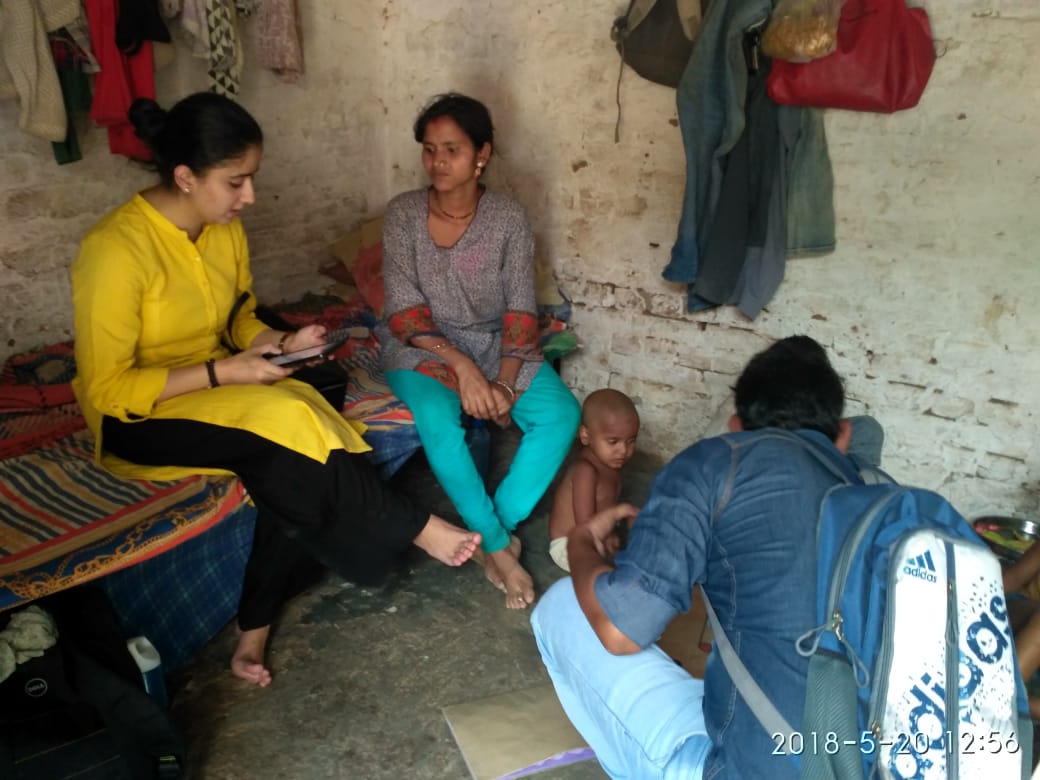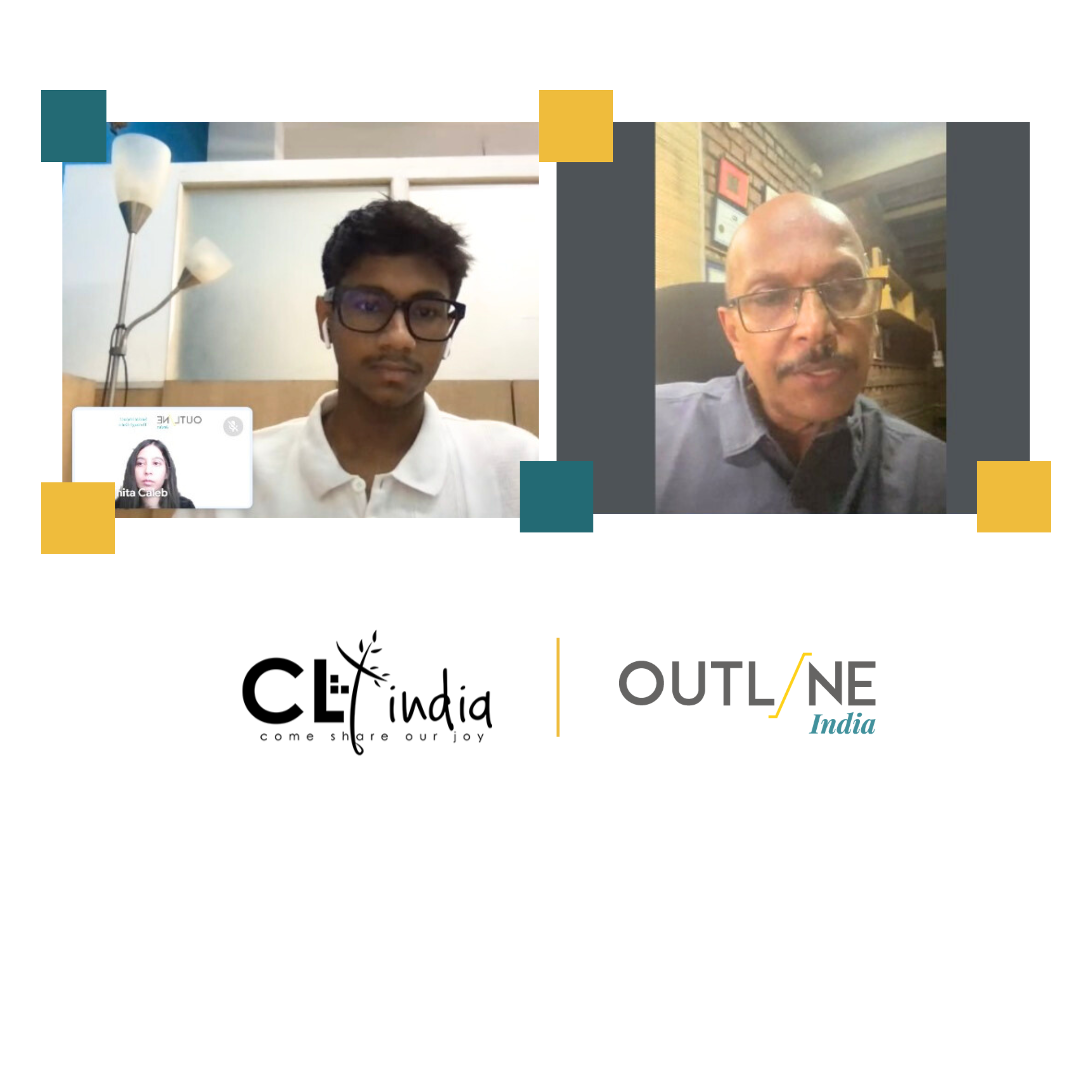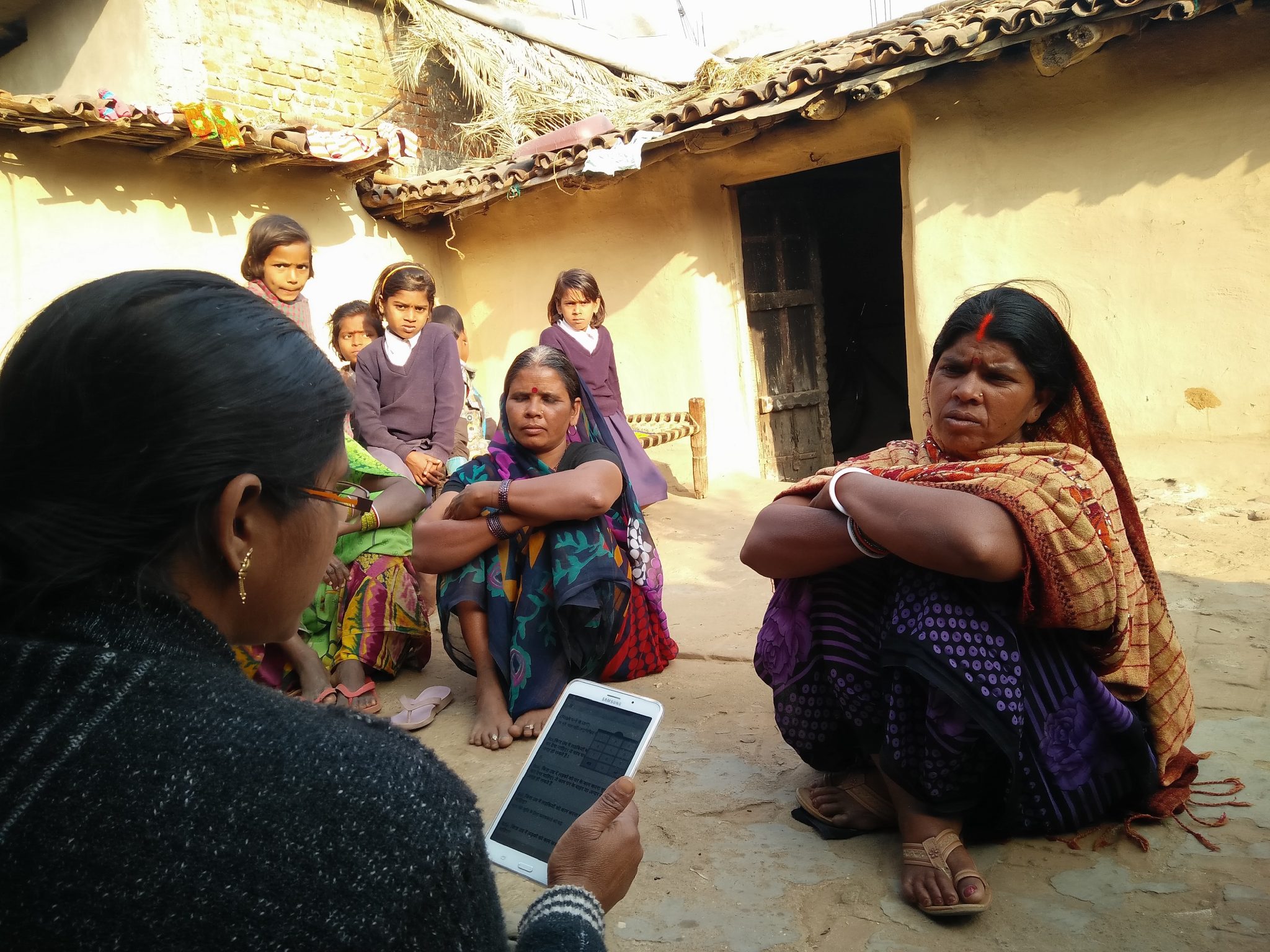Blog Details
In the quest to shed light on social issues and working to empower our clients through strong, reliable data, we at Outline India take on the challenge and search high and low to get meaningful data for various studies. Every journey into the field forces me to stretch my horizon of understanding this country and its people. The dramatic turn of the landscape from city life to village life prepares us for an unknown environment. A recent study-related to dowry trends among migrant married men across Delhi-NCR, the cocoon of knowledge that I know this city was broken. Multiple shades of the city life and the working people emerged that came to redefine my knowledge of the city.
The field work comprised of getting to know about our respondents and aspects of his education, wedding and married life. To match the needs of our sample, we were sent on a wild goose chase across Delhi NCR. A social wedding is an important aspect of the study, we went about town to find couples who got married recently, and belong to different socio-economic communities. A couple of days into the chase and the most emphatic feeling was the need to stretch out that horizon of understanding what urban India entails.
As we delved into the life stories of different couples, we glimpsed the continuance of a timeless tradition and its new forms of resurgence. Decades of societal norms are separated from individual sentiments that are associated with the institution of marriage. Such instances jumped out at us during the course of fieldwork. Imagine sitting in a roadside shack, where this couple spends their lives as petty vendors. The wife gave me an insight into how both of them struggled to finance their marriage. And yet, the man felt an inexhaustible need to exaggerate what he gifted his wife for their wedding. In the end, he quoted to have spent lakhs of rupees, when on other days he struggles to finance food for his family. This happened time and again. A man who has married three times insisted on telling us all about his first marriage (his first wife had passed away). We ended up recording the data of a dead respondent, while the current (and living) wife sat in the same room!
Sitting with office goers in corporate hubs of Gurgaon, our ability to get unbiased answers became all the more difficult. The need to show off to office colleagues about how many guests came to the wedding, and how much was spent by the family of the groom became a prevalent issue. Our challenge magnified when we had to probe about ownership rights and decision-making rights between husband and wife. Often it became a joke among the group of colleagues where the bystanders prompted out loudly “arey uski to wife ki chalti hai (it’s his wife who takes all the calls of the household)”. To go along with the joke the respondent ended up giving all his answers in tandem to this. In other instances, which allowed us a more private setting to conduct the interview, the respondent threw around numbers for our survey, while claiming throughout the interview that he was never involved in the wedding arrangements and all he is doing is making random guesses. The choice of the researcher on the field becomes all the more challenging. As we took down values that were often biased or when respondents are straight out untruthful the poignant questions arose –how do we connect the collected data to the real situation on the field? How do we keep doing our job on the field, yet try to minimize such situational bias? Often we don’t have a ready solution and these instances often define the battle of ethics and what to call data, and how to collect unbiased data.
While we struggle to find answers, in the end perhaps what stands out for me, are the stories of all the love marriages that we found in every nook and corner. The vibrancy of runaway couples, defying social norms, refusing to accept the tradition of gift giving and receiving. These couples stood out as an a defiant beacon of light, standing tall in midst of the multi-billion dollar wedding industry in India.








David Angel Makel
IT ConsultantIt is a long established fact that a reader will be distracted by the readable content page looking at its layout point of using normal